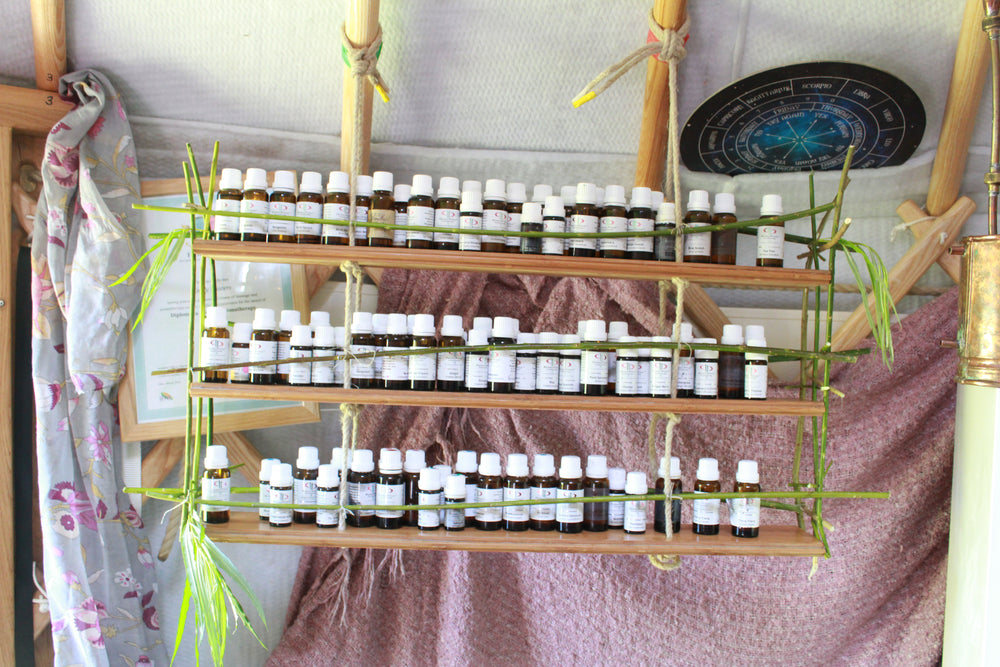Essential oils are found naturally in the leaves, roots, petals of plants and the bark of trees. Each essential oil serves a natural function for the plant. Gardeners who use companion planting have known this for centuries and place aromatic plants near their vegetables to protect them from predators and disease.
In the plant, essential oils fight infections, stop mould and fungus from spreading, protect the plants from the sun, predators and even attract the right pollinators for their reproduction: the bees.
That is why they are called essential, because they are necessary to the growth and development of the plant and the ecosystem around them. As we are also part of this ecosystem and our DNA naturally nourished by plants (our food) they make the natural medicine for our species.
Essential oils are extracted from plants generally by distillation. This creates micromolecules which are small enough to be absorbed into the blood stream. Therefore the therapeutic benefits operate on a cellular basis. This is why clinical aromatherapists always ask about height and weight as well as any allergies to nuts as they want to ensure that the body is able to absorb and clear the essential oils they prescribe.
Distillation is where the plant material is heated by steam and released into a cylinder. This is then cooled creating two products: the essential oil (which rises to the top) as oil does and the hydrolat or the distilled water which also has beneficial therapeutic properties.
